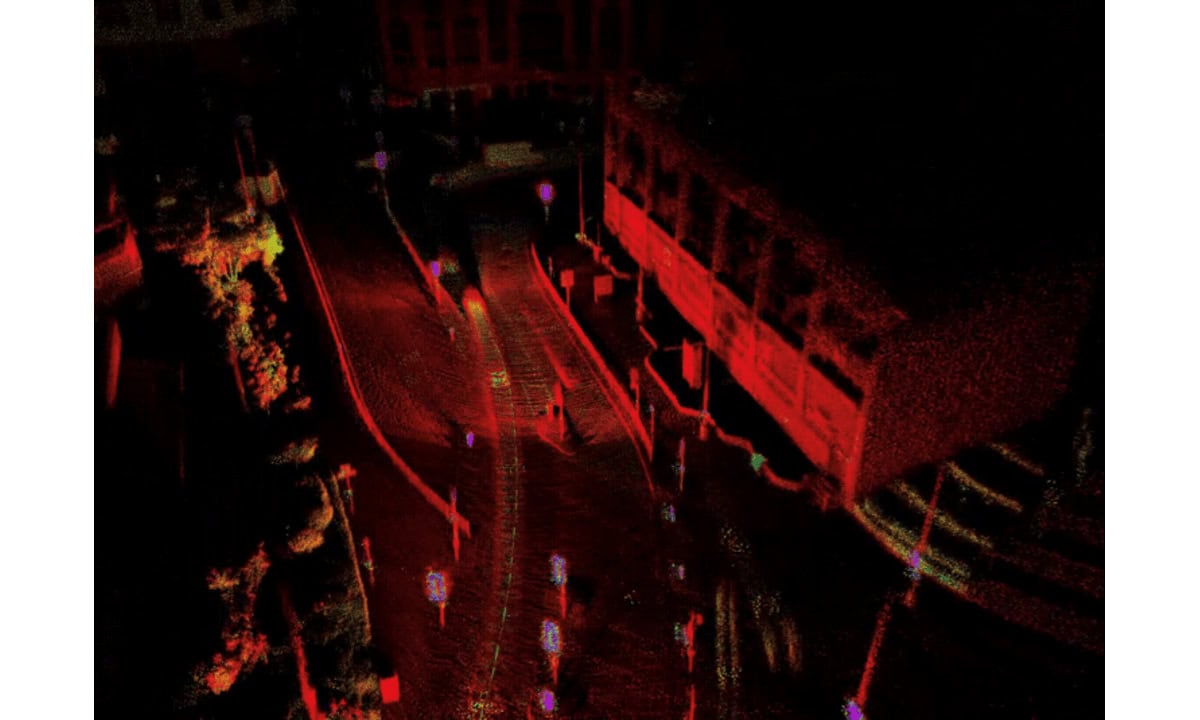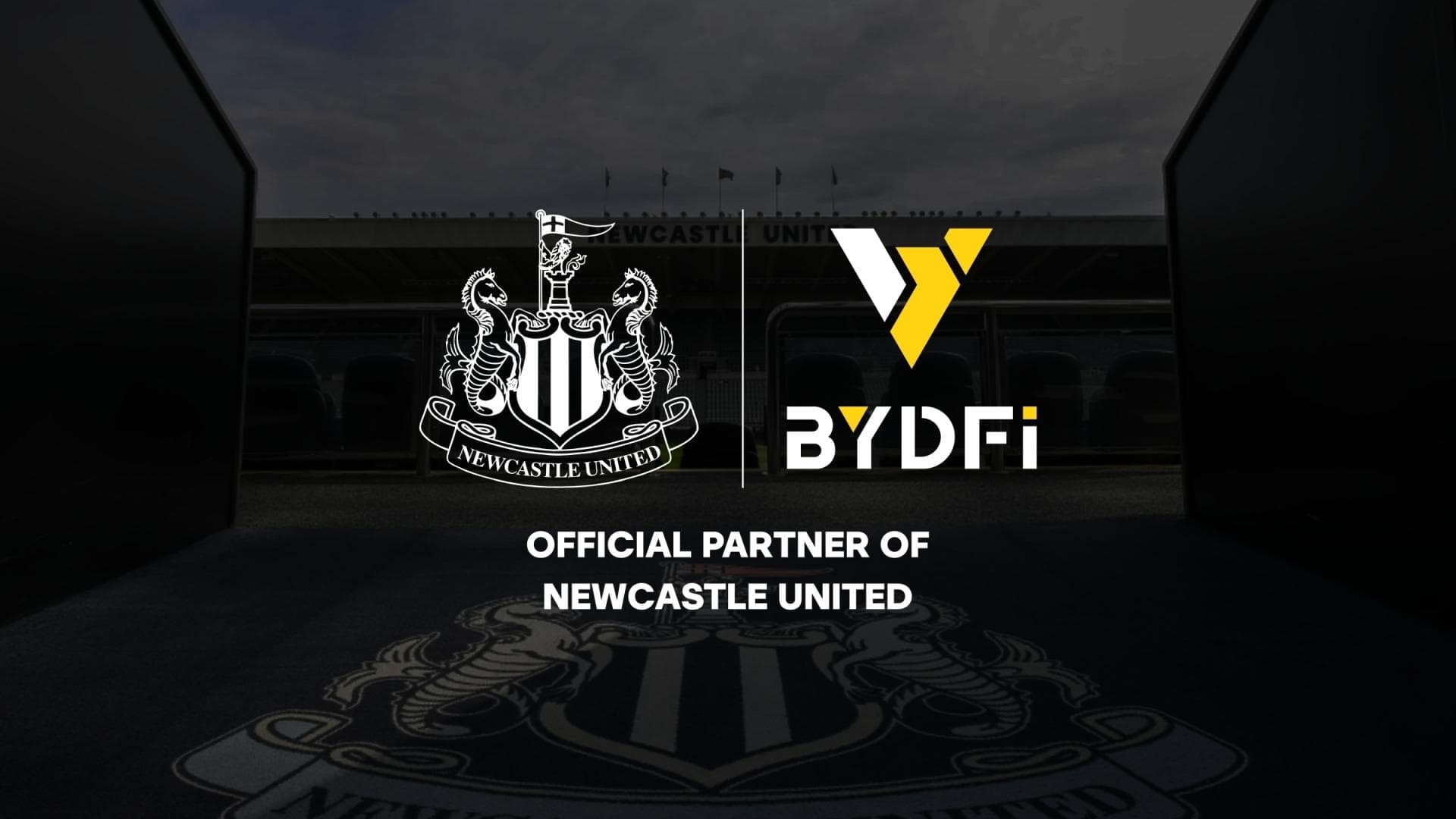Blockchain technology is a decentralized digital ledger that securely records transactions across a network of computers. Each “block” contains data, and these blocks are linked together in a chronological “chain,” making the data transparent, immutable, and resistant to tampering. This technology is crucial because it offers high security, transparency, decentralization, immutability, efficiency, and trust, making it a transformative tool for various industries. By eliminating intermediaries and ensuring data integrity, blockchain can revolutionize how we handle data and transactions. This growing importance is reflected in the increasing number of blockchain patents being filed, highlighting the technology’s potential and the ongoing innovation in this field.
Identifying and Capturing Technological Improvements
Patenting blockchain inventions involves navigating the complexities of software and computer-related patents, ensuring eligibility under Section 101. Here’s a step-by-step guide to help you through the process:
First, conduct an invention disclosure meeting to ensure inventors provide a comprehensive description of the invention and gather sufficient technical details, focusing on improvements to blockchain technology. When drafting claims, specifications, and drawings, ensure the documentation is detailed enough to withstand a Section 101 eligibility rejection.
Identifying Improvements
Identify specific aspects of blockchain technology that are improved and how these improvements are achieved. Determine how the invention enhances other technologies and assess whether the application of blockchain changes the operation of existing blockchain technology. Identify new features such as data validation, APIs, nodes, network communication, and consensus mechanisms. Focus on unique technical aspects that improve technology rather than merely enhancing business practices.
Blockchain Technical Features
Describe practical applications or solutions that address technical problems. Determine how the invention uses the trustless and immutable characteristics of blockchain technology differently from existing technologies. Explain what makes the validation process unique and identify the entities involved in validation. Highlight what makes the transaction descriptions unique and how they differ from existing descriptions.
Describe how the invention uniquely uses consensus rules for including transactions in the ledger. Explain how different types of data are used in various layers of the chain or the consensus algorithm in a unique manner. Describe how decentralized features are distributed across network nodes and how they operate on both public/permissionless and private/permissioned blockchains. Detail any new infrastructure created and new layers of security established by the invention.
Problems Solved by the Invention
Identify improvements to the consensus algorithm and how segmenting parts of transactions into different layers enhances the blockchain infrastructure. Explain how the invention improves transaction or network security and prevents fraud, highlighting the use of complex digital signatures. Describe how the invention increases transaction speed and reduces the size, volume, or frequency of transactions. Detail improvements to cryptographic methods for enhancing privacy using blockchain technology.
Improvements to Technology in Other Fields
Explain improvements in linking with off-chain protocols, processes, or assets. Describe how the invention creates immutable data that cannot be modified without it. Highlight improvements in tracking the movement of goods and services across a supply chain. Detail enhancements in the security of data storage and sharing. Explain improvements in confirming or authenticating a user’s digital identity. Describe how the invention enhances the safety or privacy of payment processing systems and networks.
By following these guidelines, you can effectively capture and patent blockchain inventions, ensuring they meet the necessary legal and technical requirements.
Author: Trent V. Bolar, Esq. (LinkedIn Profile)
Disclaimer: All content in this article is intended for general information only and should not be construed as legal advice. Information in this article may not constitute the most up-to-date legal or other information. The content in this article is provided “as is” and no representations are made that the content is error-free. Use of, and access to, this article or any of the links or resources contained within do not create an attorney-client relationship between the reader, user, or browser and the author. All trademarks, logos, and service marks used in this article are the property of their respective owners. The use of such trademarks does not imply any affiliation with or endorsement by the trademark owners of this article.
© 2025 Trent V. Bolar, Esq. | All rights reserved.

 7 months ago
39
7 months ago
39







 English (US) ·
English (US) ·